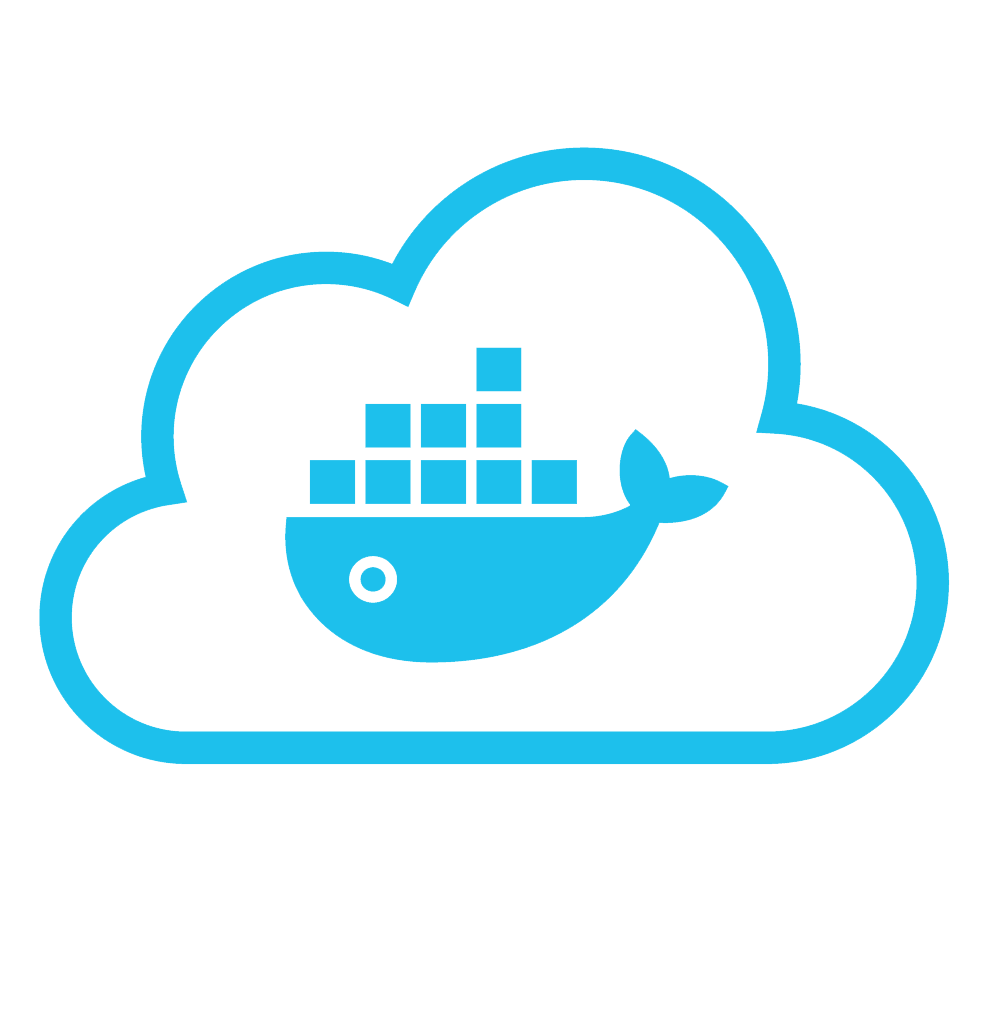These days the community has been going crazy about Docker’s new approach to cloud services and SaaS with the release of Docker cloud.
This new product by Docker promises to provide a great service and very interesting features, including a very carefully planned synchronization with standard Docker procedures.
It was simply meant to be, the only thing Docker needed to exploit whatever they were lacking was the chance to not depend on physical servers, and now they have it. With a new protocol they’ve dubbed CaaS (Containers as a Service) they summarize the most important thing about their cloud service: being able to deploy and manage “Dockerized” applications in production, which, along with the rest of the Docker toolkit that is integrated, simplifies node provisioning.
This is done using two of the main features that Docker has developed to work with SaaS and that make CaaS happen: Docker Hub and Docker Tutum. These tools are quite important since Docker Hub is an open SaaS web service where anyone can obtain dockerized applications and have them run on their system, and Docker Tutum is what makes the user able to deploy and scale those dockerized software packages under the Docker engine and maintaining a SaaS principle instead of being on premise (for which they have another service called Docker Universal Control Plane).
What this means is that it allows you to provision Docker installed infrastructure on cloud providers or physical servers, creating Docker nodes. Furthermore, they’ve made it so said nodes can include intelligent tags to help cloud providers in scheduling distributed containers under production, all from a visual online dashboard.
The third party integrations that have already been released to the public knowledge are: AWS, Azure, DigitalOcean, Packet and Softlayer. But, with this they mention the possibility to manage Docker nodes on infrastructures that are not natively supported by Docker Cloud, such as Google Cloud or Rackspace; apart from being able to implement it on any physical Linux server with an internet connection.
This is clearly going to mean a before and after situation for Docker if they can maintain their principles. Offering a relatively inexpensive yet versatile and well thought out cloud service for their container and node systems is just one of the more brilliant things to come along for 2016.
We encourage you to stay tuned for incoming updates on the Docker cloud and to more importantly be ready for when Pandora FMS releases a plugin to help monitor this service, along with other Docker features that are already being integrated.
For more information from Docker themselves visit www.docker.com, and for more on what Pandora FMS is doing visit pandorafms.com or follow us on twitter @pandorafms
Pandora FMS’s editorial team is made up of a group of writers and IT professionals with one thing in common: their passion for computer system monitoring. Pandora FMS’s editorial team is made up of a group of writers and IT professionals with one thing in common: their passion for computer system monitoring.


















